Foot massage is not only a luxurious indulgence but also a powerful way to improve your overall well-being. In this article, we will explore the numerous benefits of foot massage, how to perform it, and how to incorporate it into your daily routine. So, put your feet up and get ready to learn the secrets of relaxation.
Why Foot Massage Matters
Our feet are often overlooked, yet they play a crucial role in our daily lives. They carry our weight, support our movements, and often take a beating from the shoes we wear. Giving your feet some TLC can work wonders in improving your overall health and well-being.
Health Benefits of Foot Massage
- Improves circulation: Foot massage increases blood flow, which helps deliver essential nutrients and oxygen to cells and tissues.
- Reduces pain and inflammation: Massaging the feet can help alleviate discomfort from plantar fasciitis, bunions, or other foot-related issues.
- Promotes relaxation: A soothing foot massage can help reduce stress and anxiety, promoting a sense of calm.
- Enhances sleep quality: The relaxation induced by foot massage can help improve sleep quality and duration.
- Boosts the immune system: Improved circulation and reduced stress can contribute to a stronger immune system, making it easier to fight off illnesses.
How to Give Yourself a Foot Massage
You don't need to be a professional masseuse to give yourself a relaxing foot massage. With a few simple techniques, you can easily incorporate foot massage into your daily routine.
- Prepare: Find a comfortable spot to sit, and make sure your feet are clean and dry. You can use a foot scrubber to clean your feet thoroughly before the massage.
- Warm up: Start by gently massaging your feet with your hands or a foot massager. This will help to loosen up the muscles and prepare them for a deeper massage.
- Apply pressure: Use your thumbs to apply pressure to different areas of your feet, such as the arch, heel, and ball. You can also use a massage roller or similar tool to work on these areas.
- Stretch and flex: Gently stretch and flex your feet to help improve flexibility and range of motion.
Enhance Your Foot Massage with the Right Tools
While you can give yourself a fantastic foot massage with just your hands, there are several tools that can enhance the experience and make it even more effective. Here are a few of our favorites:
- Foot massager: This device can help you apply consistent pressure and target specific areas of your feet. Check out our collection of massagers for some great options.
- Massage roller: A massage roller can be used to apply pressure to different parts of your feet and help work out any knots or tight spots.
- Pumice stone: A foot scrubber with a built-in pumice stone can help remove calluses and dead skin, leaving your feet soft and smooth.
Incorporating Foot Massage into Your Daily Routine
Foot massage can easily become a part of your daily self-care routine. Try these tips to make it a habit:
- Make it a ritual: Set aside a specific time each day for foot massage, such as before bedtime or after a shower.
- Combine it with other activities: Enjoy a foot massage while watching TV, reading, or listening to music.
- Involve your partner: Trade foot massages with a partner to make it a shared experience that promotes connection and intimacy.
- Treat yourself: Invest in high-quality foot care products and tools to make your foot massage sessions even more enjoyable and effective.
- Track your progress: Keep a journal or log of your foot massage sessions to track improvements in your overall well-being and foot health over time.
The Power of Reflexology
Reflexology is an ancient practice that involves applying pressure to specific points on the feet, which are believed to correspond to different organs and systems in the body. This holistic healing method can be incorporated into your foot massage routine to further enhance its benefits.
To give yourself a reflexology foot massage, you'll need a reflexology chart or guide to help you identify the specific pressure points on your feet. Apply firm, steady pressure to these points, and hold for a few seconds before moving on to the next area. You can also use a reflexology tool or a massage roller to help stimulate these points more effectively.
By incorporating reflexology into your foot massage routine, you can potentially address a variety of health concerns, from digestive issues to headaches. However, it's essential to consult with a healthcare professional before using reflexology to treat any specific medical conditions.
In Conclusion
Foot massage is more than just a relaxing indulgence – it's a powerful self-care tool that can improve your overall health and well-being. By incorporating foot massage and reflexology into your daily routine, you can promote relaxation, reduce pain and inflammation, and even boost your immune system. And with the right tools and techniques, you can easily enjoy the benefits of foot massage in the comfort of your own home.
So, go ahead and pamper your feet – they deserve it! And don't forget to check out our massager collection and foot scrubber to make your foot massage sessions even more enjoyable and effective. Happy massaging!
Frequently Asked Questions
What are the benefits of foot massage?
Foot massage offers numerous benefits, including:
- Relaxation and stress relief
- Improved circulation
- Reduced pain and inflammation
- Enhanced mobility and flexibility
- Relief from foot-related conditions like plantar fasciitis and flat feet
- Detoxification and stimulation of the lymphatic system
- Boosted immune system function
- Better sleep quality
What type of massage is best for feet?
There is no one-size-fits-all answer to this question, as the best type of massage for your feet will depend on your individual needs and preferences. Some popular foot massage techniques include:
- Swedish massage
- Deep tissue massage
- Shiatsu
- Reflexology
- Thai foot massage
- Hot stone massage
Experiment with different techniques to find the one that works best for you and provides the most benefits.
What exactly is foot massage?
Foot massage is a therapeutic practice that involves applying pressure, kneading, and manipulation to the muscles, ligaments, and soft tissues of the feet. It can be performed using the hands, fingers, thumbs, or specialized tools. Foot massage aims to promote relaxation, alleviate pain and discomfort, improve circulation, and enhance overall foot health and well-being.
How to do foot massage step by step?
Here is a basic step-by-step guide to perform a simple foot massage:
- Prepare: Find a comfortable and quiet place to sit. Make sure your feet are clean and dry. You can use massage oil or lotion to reduce friction and enhance the massage experience.
- Warm-up: Start by soaking your feet in warm water for 5-10 minutes, or use a warm towel to help relax the muscles and prepare them for the massage.
- Begin the massage: Start at the top of your foot, using your thumbs to apply gentle pressure and make small circular motions. Gradually work your way down towards your toes, covering the entire surface of your foot.
- Focus on the arch: Use your fingers to knead and press the arch of your foot, working from the heel to the ball of your foot. This area often holds a lot of tension, so take your time and apply firm pressure.
- Massage the toes: Gently squeeze and pull each toe, using your fingers and thumbs to massage the area between the toes.
- Finish with the heel: Finish the massage by using your thumbs to apply firm, circular pressure to the heel, which is another common area of tension and discomfort.
- Repeat on the other foot: Once you've completed the massage on one foot, switch to the other foot and repeat the process.
Remember to listen to your body and adjust the pressure and techniques as needed to ensure a comfortable and enjoyable foot massage experience.











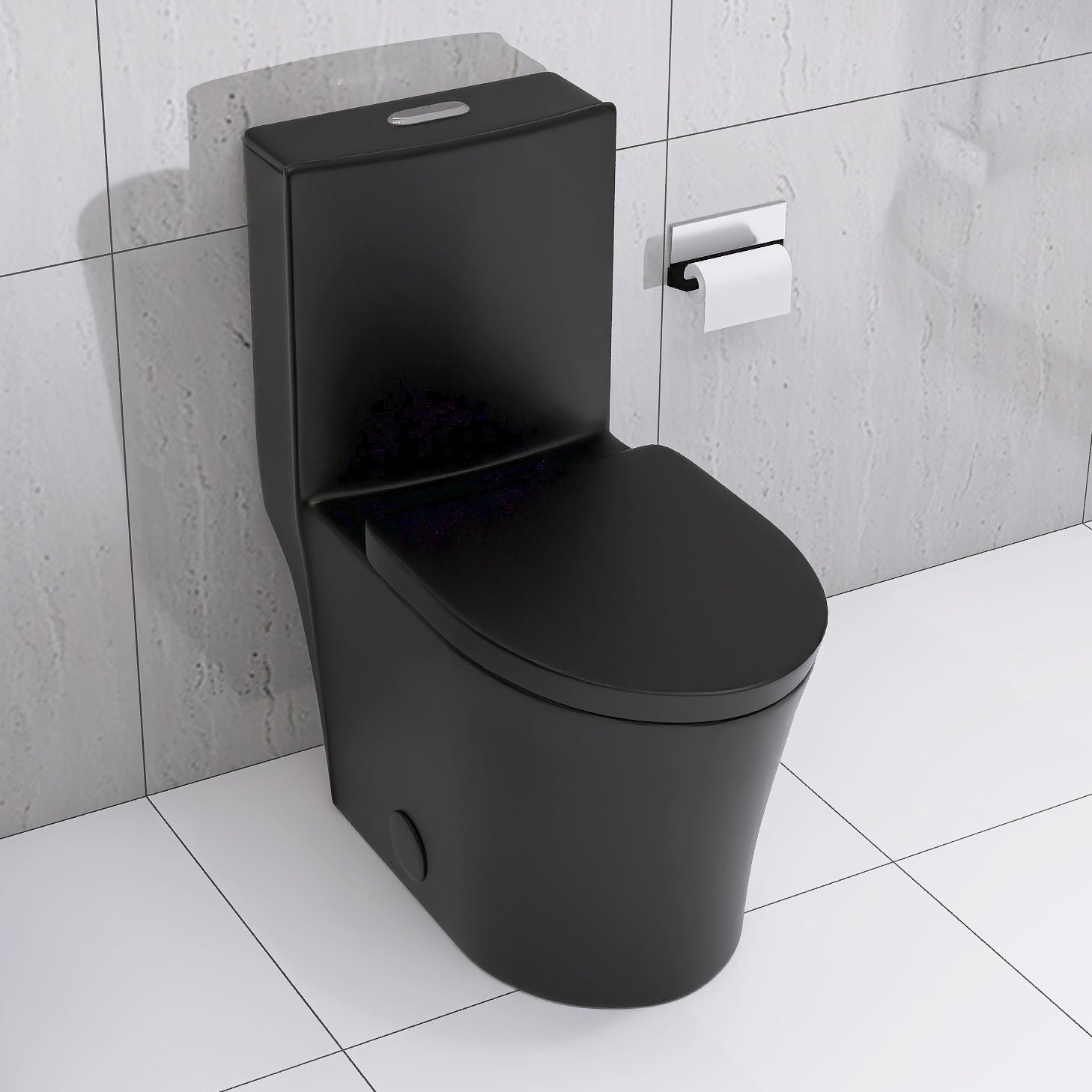






























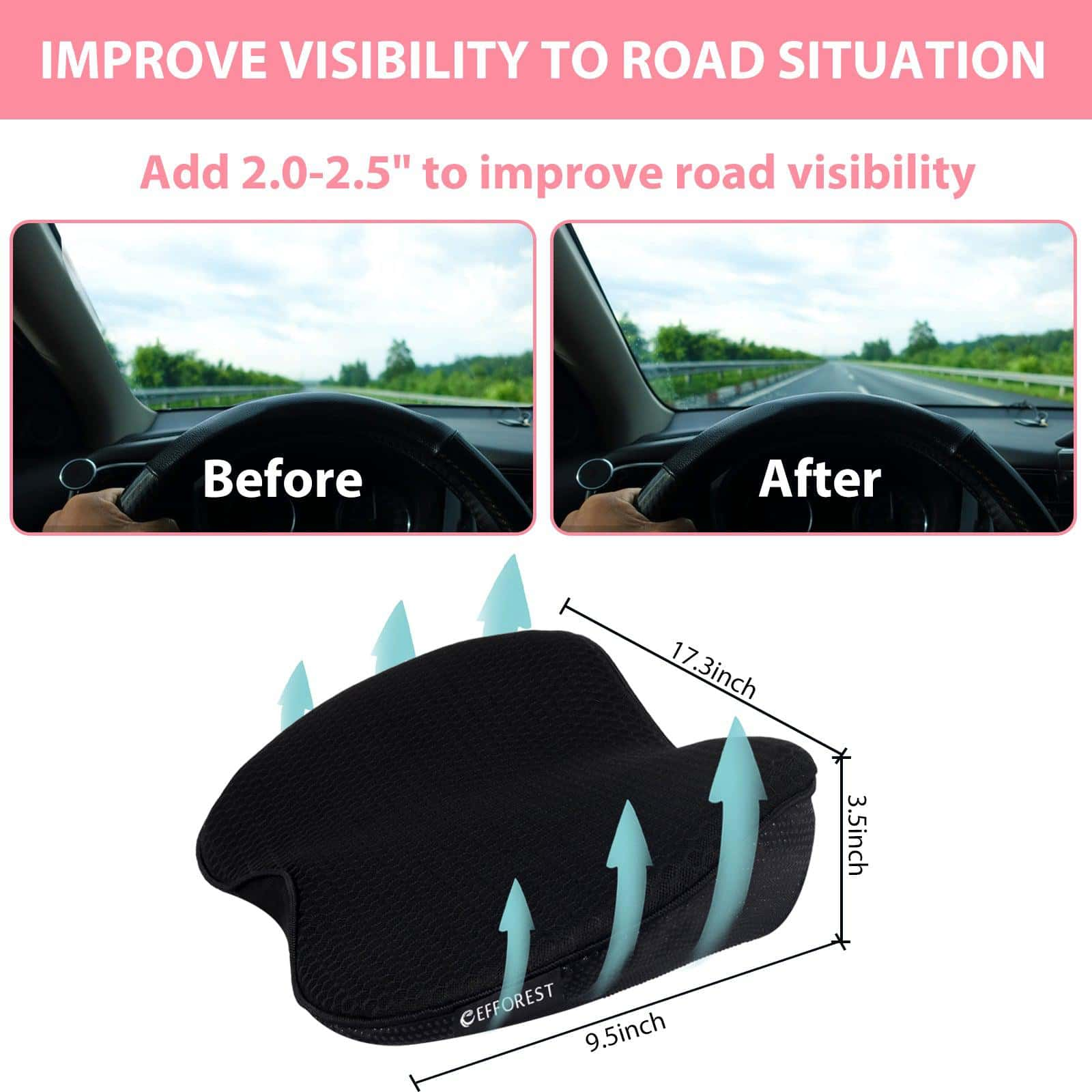










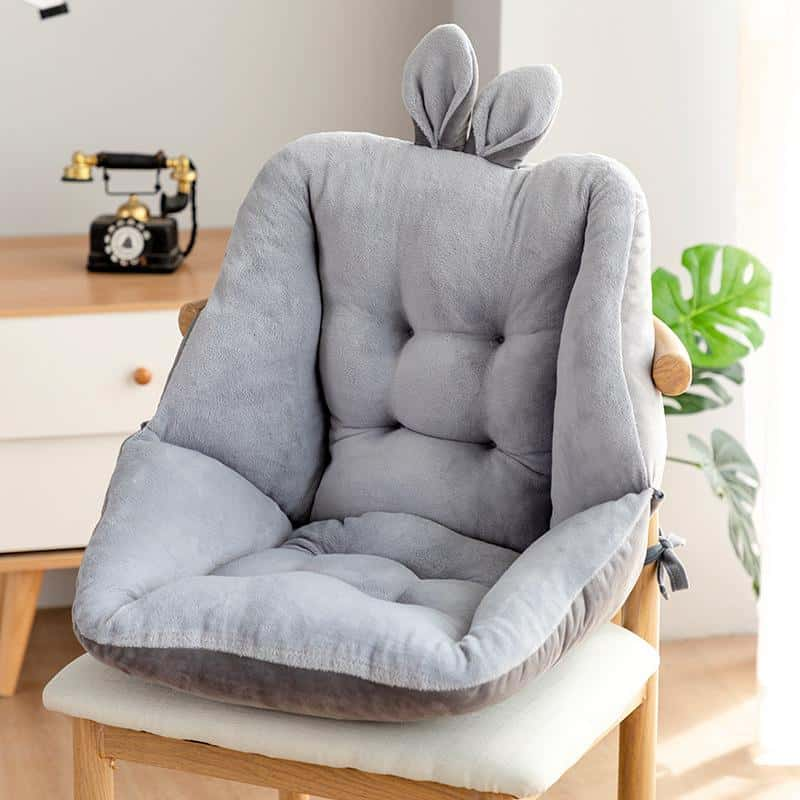










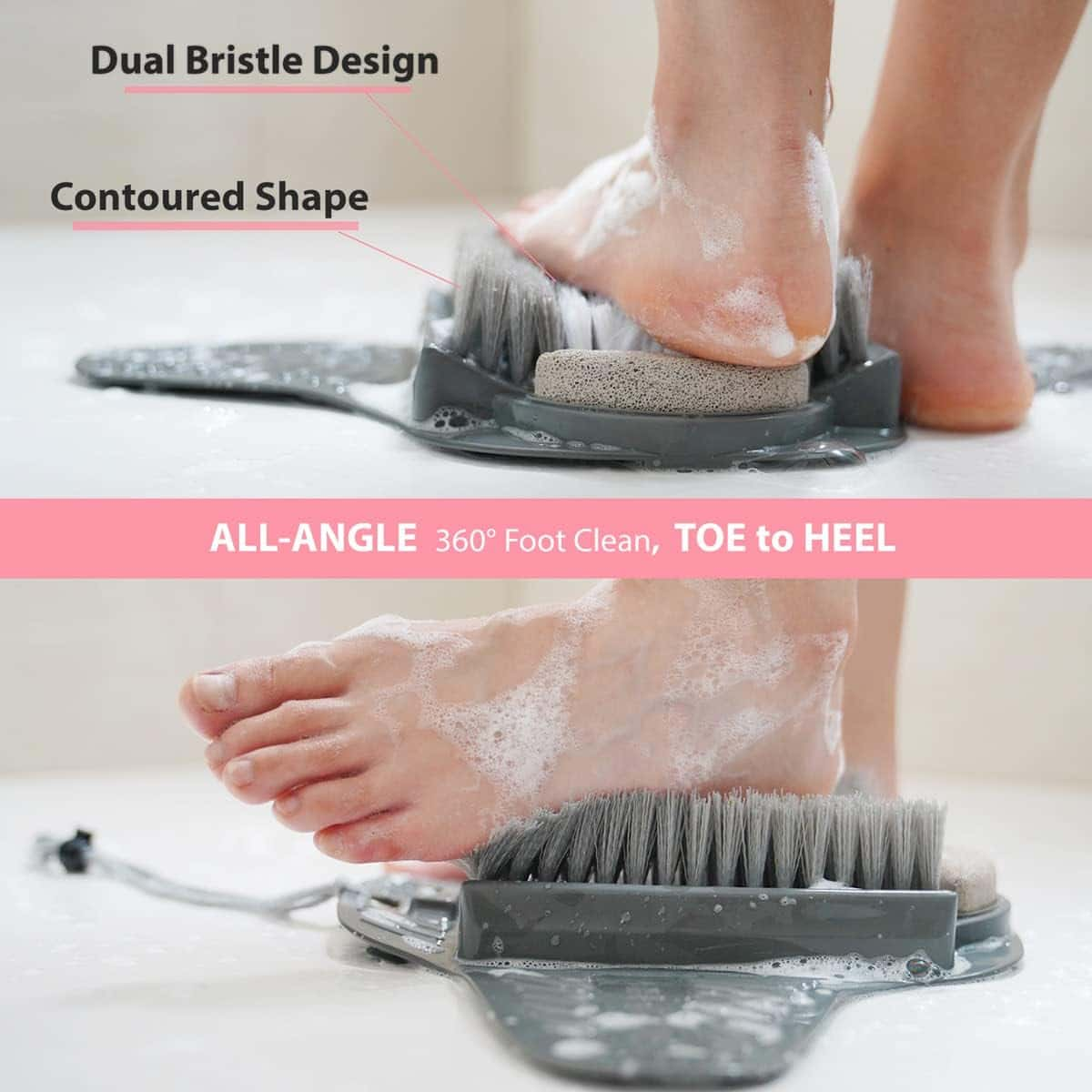



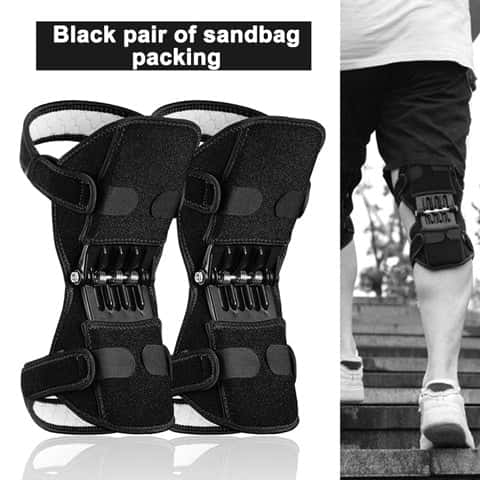







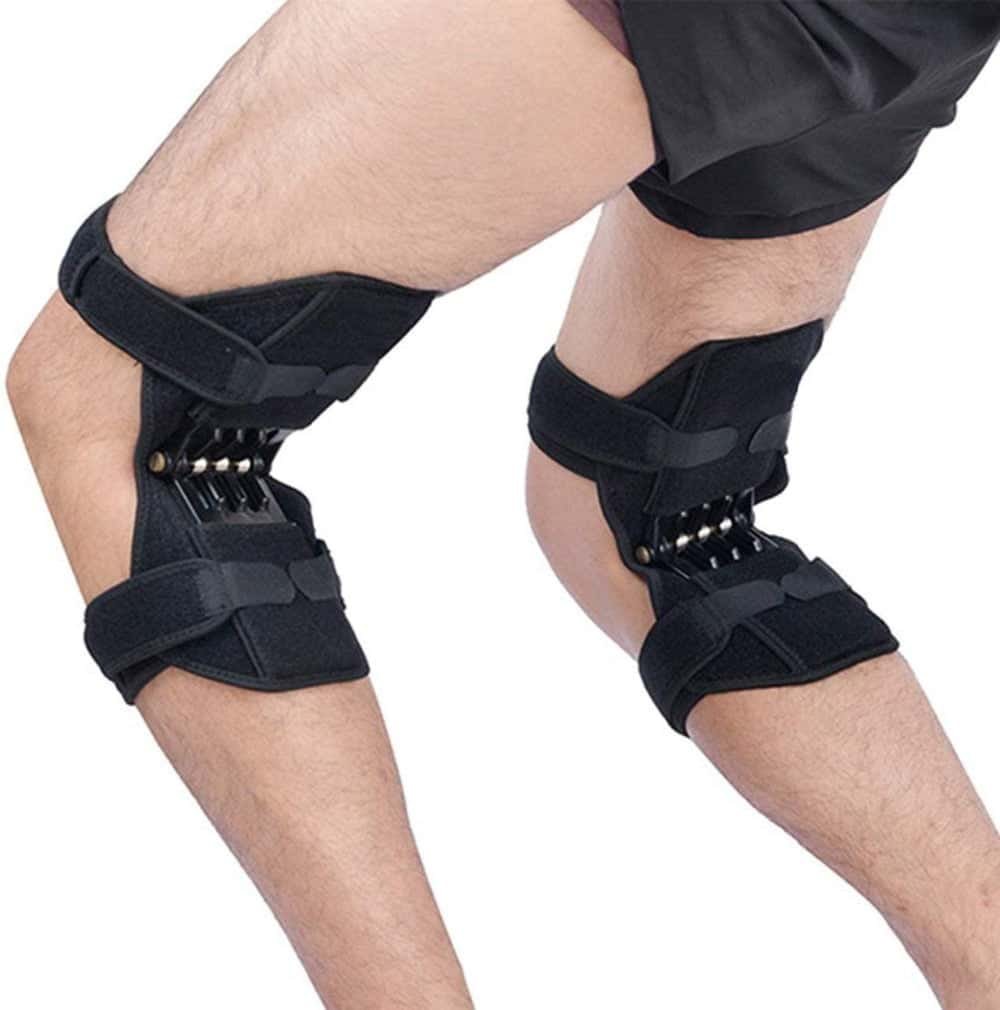





Share and get 15% off!
Simply share this product on one of the following social networks and you will unlock 15% off!